THIS Lake In Oregon Completely Evaporated and Dried Out! Then a Mysterious and Scary Ghost Town Was Revealed!
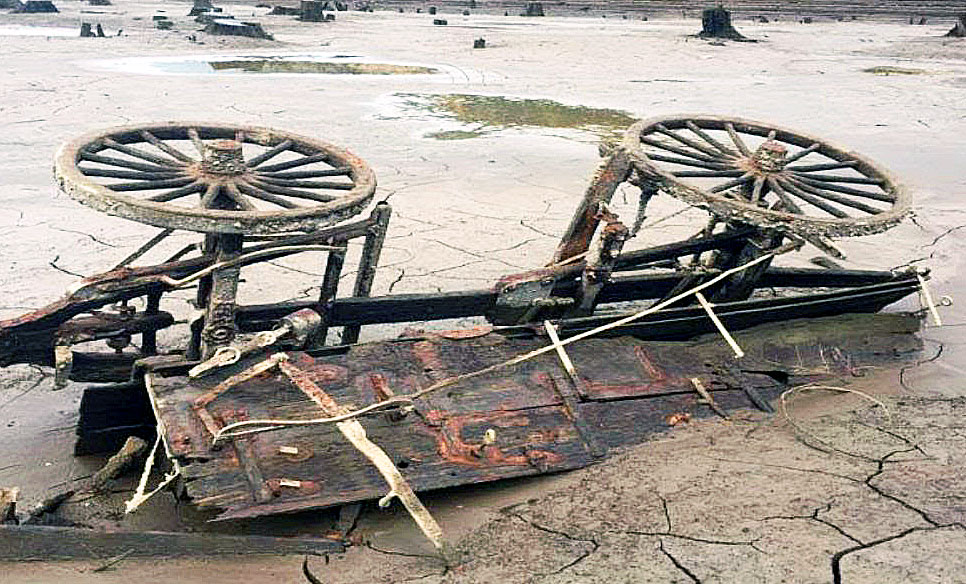
image via – youtube.com
In 1955 the town of Old Detroit was officially abandoned, any and all residents were ordered out by the US government. Soon afterwards water flooded in and all of the buildings and whatever else had been left behind was swallowed up by a new reservoir in Marion County, Oregon. From that point on, the town and surrounding area was called Detroit Lake, which today supplies water to the capital city of Salem and other nearby towns.
When the region experiences low rainfall and a prolonged drought, water levels at the lake inevitably drop. In 2015 the lake had reached a record low of 143 feet below capacity and things that had long ago been buried underwater were once again out in the open. One relic from the past that was spotted was a 19th century utility wagon laying on its side in the muck. A still in-tact cast iron plate on it showed that it was made by the Milburn Wagon Company of Toledo, Ohio and historians have estimated it to be about 130 years old.
It stayed in excellent shape all those years because it’d been buried at the bottom of the lake in a low oxygen environment. It’s brief exposure to air and sunlight probably damaged it more than the 100+ years being underwater did and thankfully its location was kept a secret by those who saw it. In addition to the never before seen wagon, a cement lined octagonal pit was also discovered. However, no one has been able to figure out what it could be or what it was once used for.
The history of the lake and surrounding area is just as interesting as the random things that can be spotted in the mud when water levels drop. Founded in 1880, the town of Old Detroit sprung up as a place originally meant to house the men who were working on the Oregon Pacific Railroad. When the railroad went bust, it became a place where primarily farmers, loggers and their families settled to work the land. At one time there was a school and cafes, a hardware store, movie theater, tavern and church all dotting the streets. Life was good in the quiet picturesque rural community, but there were issues.
The main problem facing the area was that the Santiam River, part of the Willamette River basin, often flooded and was unpredictable. Snowmelt from the Cascades and rainfall led to severe floods that raced down the canyon and valleys destroying everything in their path. After years of expensive floods that wiped out families and farms downstream, Congress finally passed the Flood Control Act of 1938. It provided for dams to be built that would control the flooding and generate electricity. Detroit Dam was one of them and by the time it was finished it measured 1,580 long, 360 feet high, and could hold 455,000 acre-feet of water.
However, before Detroit Dam could be put into operation, the town’s several hundred residents had to be relocated. They’d asked the government for land to re-site the city on but were denied and so they turned to a local timber baron, A.B. Hammond, who was more accommodating. He developed an old logging camp in the area and divided it up into lots which he sold to the displaced residents and other newer arrivals.
Finally in 1955 the dam was operational, and the North Santiam River went from being a swift moving, sometimes raging river, to a huge lake that covered the city of Old Detroit. The town has been sitting at the bottom of the reservoir ever since and rarely makes an appearance. Only when the water levels drop off super low does anything from the past appear and 2015 was the last time that happened.
Watch the video below for the full story:
Please SHARE This With Family and Friends
The Government Will Actually Pay You To Live In This Town. But There Is Only 1 Little Catch.
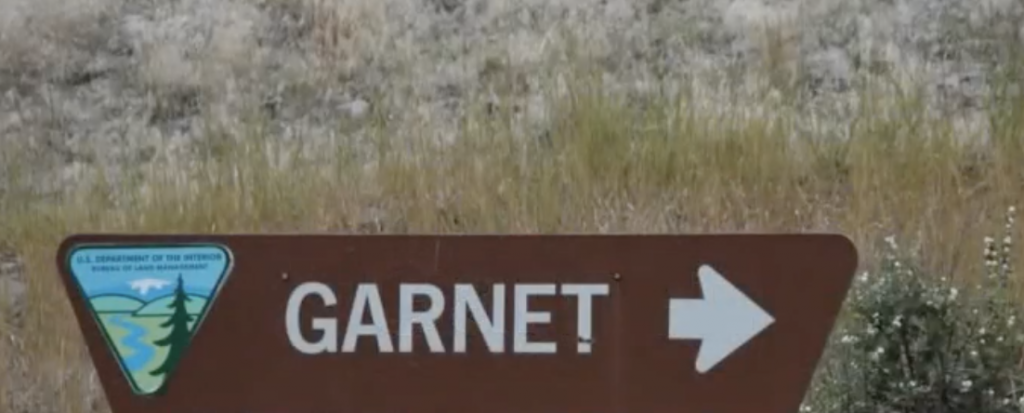
There are places in America that were once thriving areas filled with a constant flow of people and excitement. Those who were looking for work, adventure, or a better future were drawn to towns that lured them in with the promise of striking gold and untold riches.
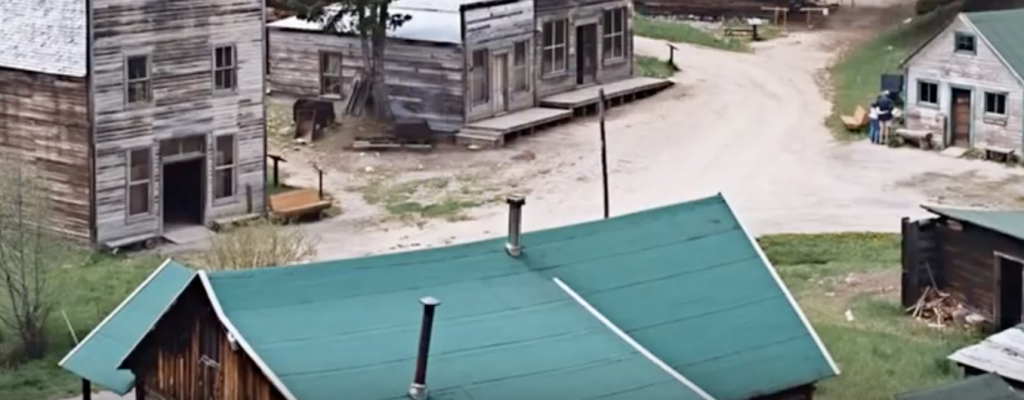
When the instant wealth failed to materialize for the vast majority of those seeking it, the towns started to bleed residents and slowly died out. Eventually these places turned into a shell of their former selves and all that remains today are empty buildings filled with dusty relics of the past.
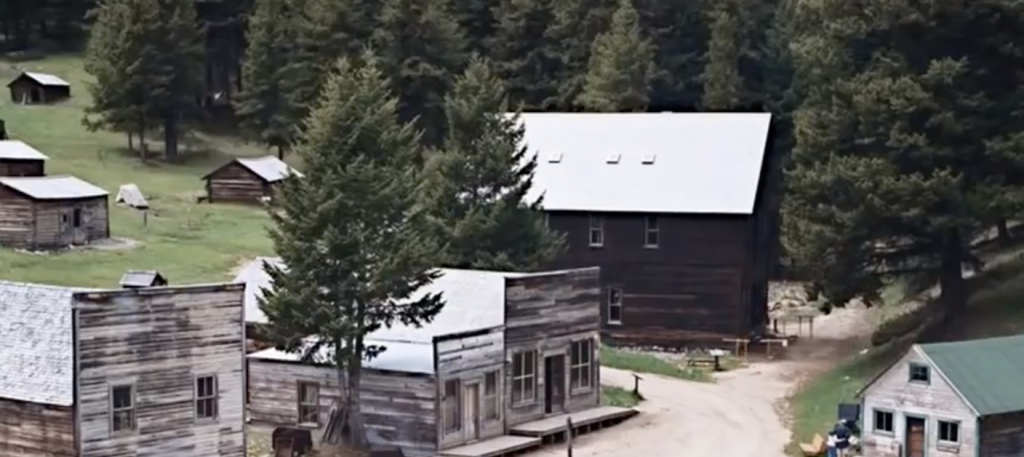
Garnet, Montana is such a place and happens to be one of the nation’s most authentic and well-preserved abandoned mining towns. Many people even claim that it’s haunted which has earned it the official moniker, Garnet Ghost Town. The area was first settled back in 1895 after gold had been discovered in the surrounding Garnet Mountains.
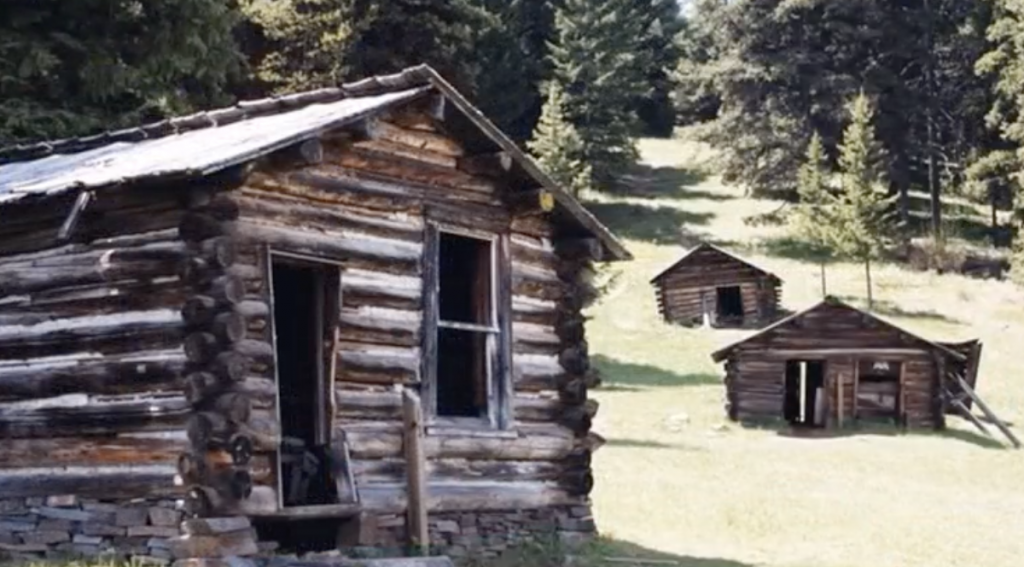
In less than three short years the town’s population had swelled to almost 1,000 people after a miner struck a rich vein of ore and the gold rush was officially in full swing. Miners and their families quickly set up shop and businesses that catered to them followed.
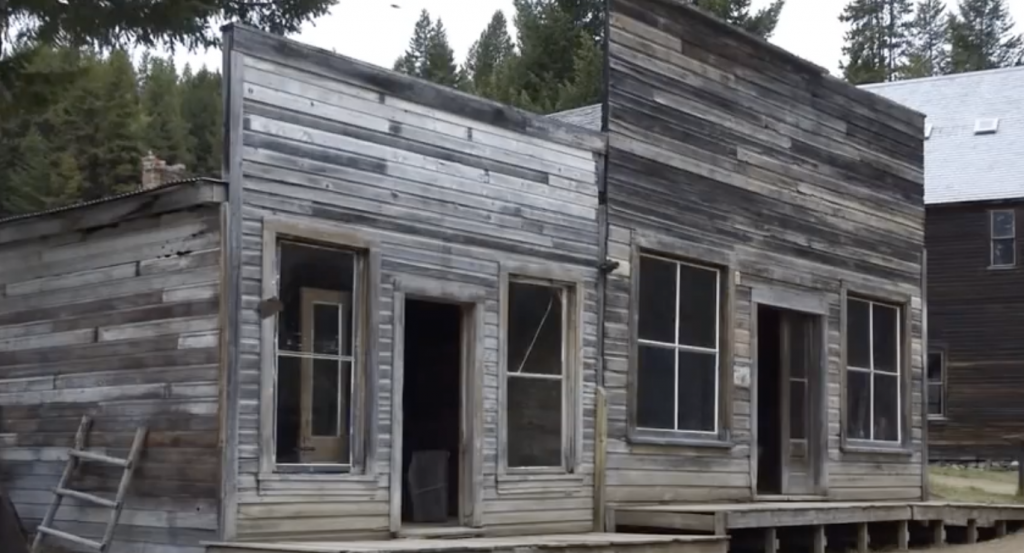
The town had multiple stores, hotels, stables, and barber shops, plus a doctor’s office, butcher shop, school, town hall, and even a candy shop. However, the most profitable and numerous business proved to be saloons, of which the town had a total of thirteen.
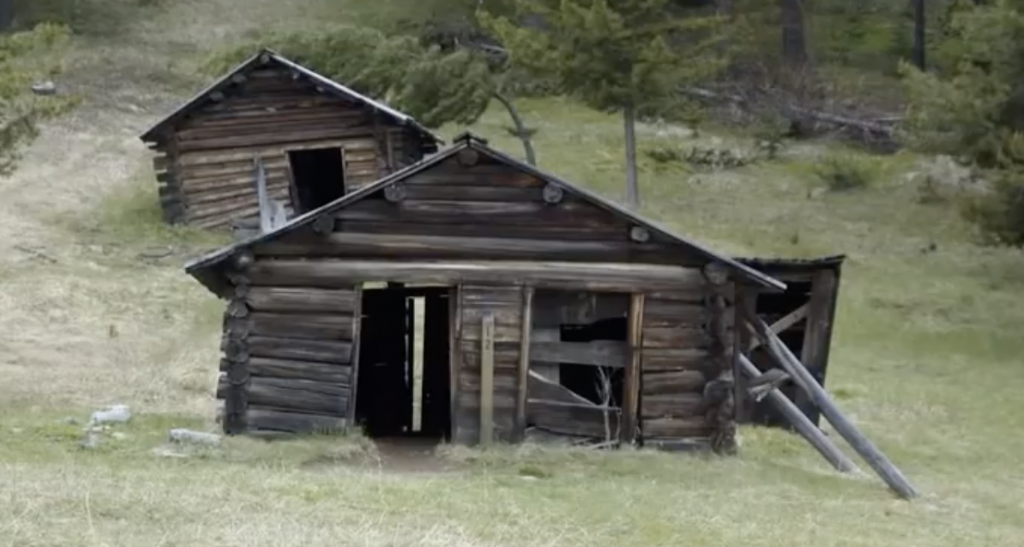
By 1900, just a few short years later, the gold was proving scarcer and harder to come by. Within five more years most of the mines had been abandoned and Garnet’s population dwindled down to around 150 total residents.
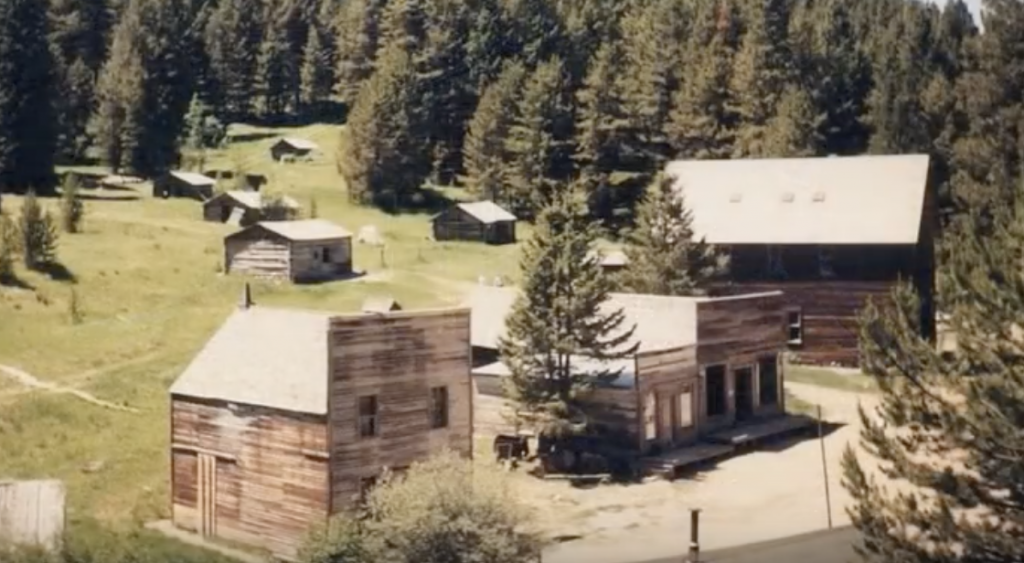
In 1912 a fire tore through the business district and many of the commercial buildings were destroyed beyond repair. When World War II erupted the last few remaining townspeople left, moving on to work in defense related jobs, and by the 1940’s the town had all but become a ghost town.
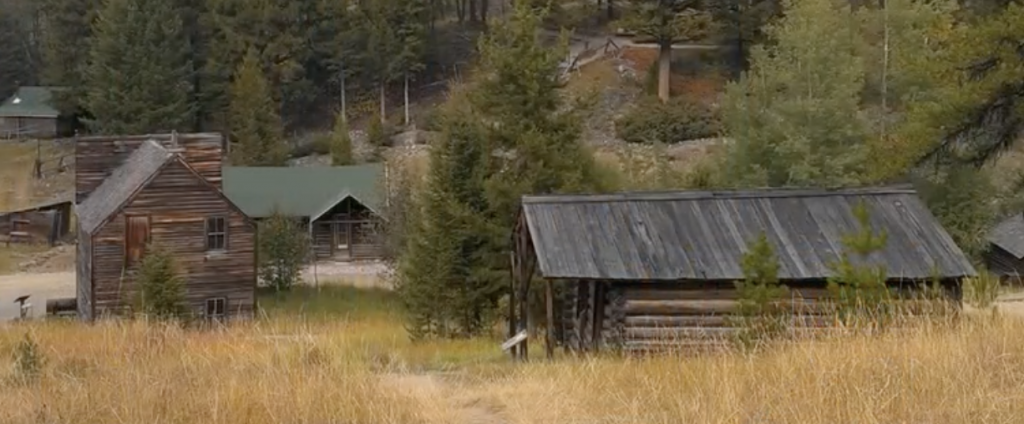
Today Garnet has evolved into a testament of Montana’s history. Both the Bureau of Land Management and the Garnet Preservation Association work together to continuously operate and upkeep the town’s structures. Visitors can tour the site, walk through the buildings, and learn all about the lives of the people and families who used to live and work there.
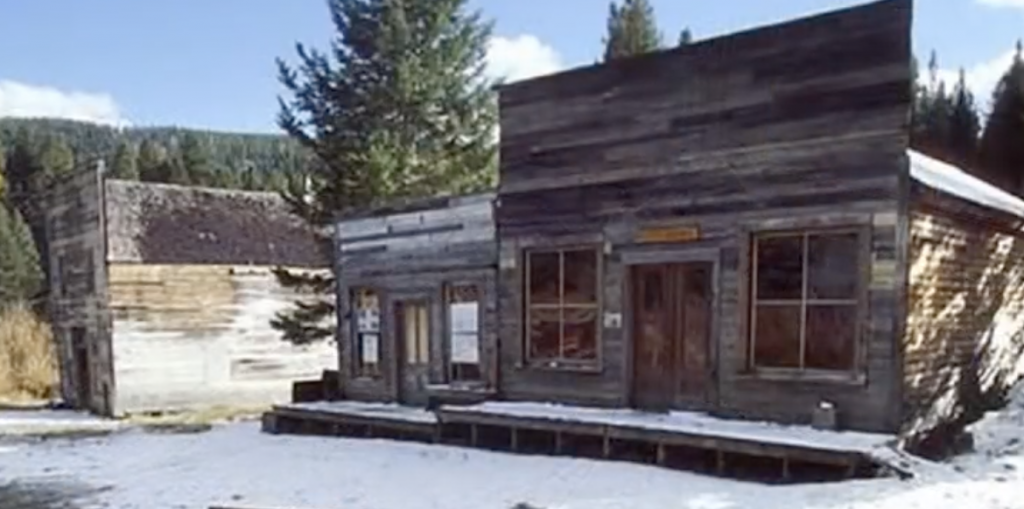
The BLM is always looking for volunteers who’d like to come live in the town and keep a watchful eye on it. The positions typically last around a month or longer and involve general upkeep, giving tours, and selling items at the gift shop. All volunteers are provided with free housing and stay in a fully furnished cabin. Food expenses are also covered and they receive a modest paycheck as well.
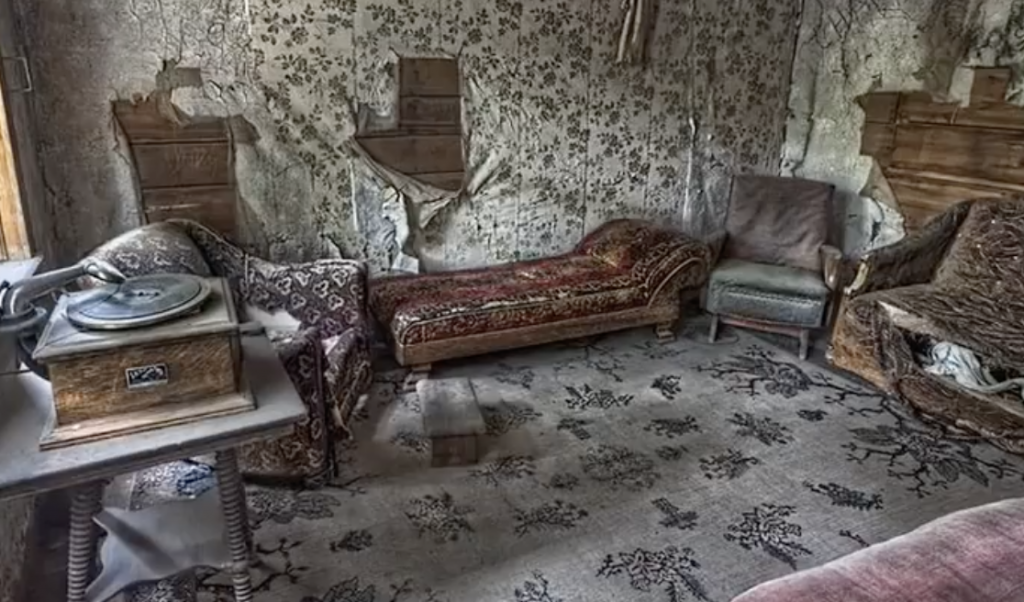
However, all volunteers must be willing to forgo the modern conveniences of life as there is no heated or even running water, WiFi, or electricity. Depending on what type of person you are, that could sound like either a dream come true or a total and complete nightmare.
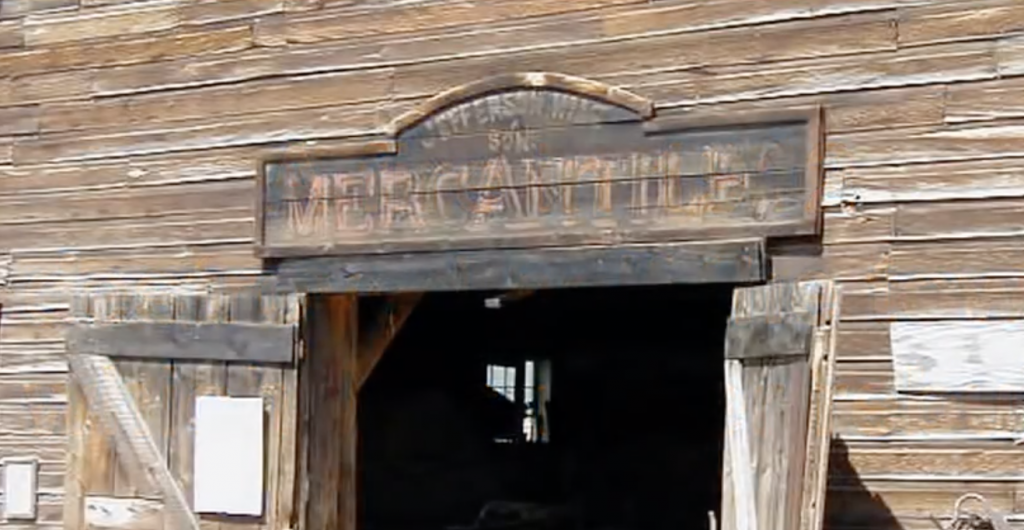
If you’d like to take a tour of the town and explore the insides of the buildings up close, this video gives you complete HD access. After seeing that would you ever volunteer to work and live in Garnet Ghost Town, or stick to just visiting?!
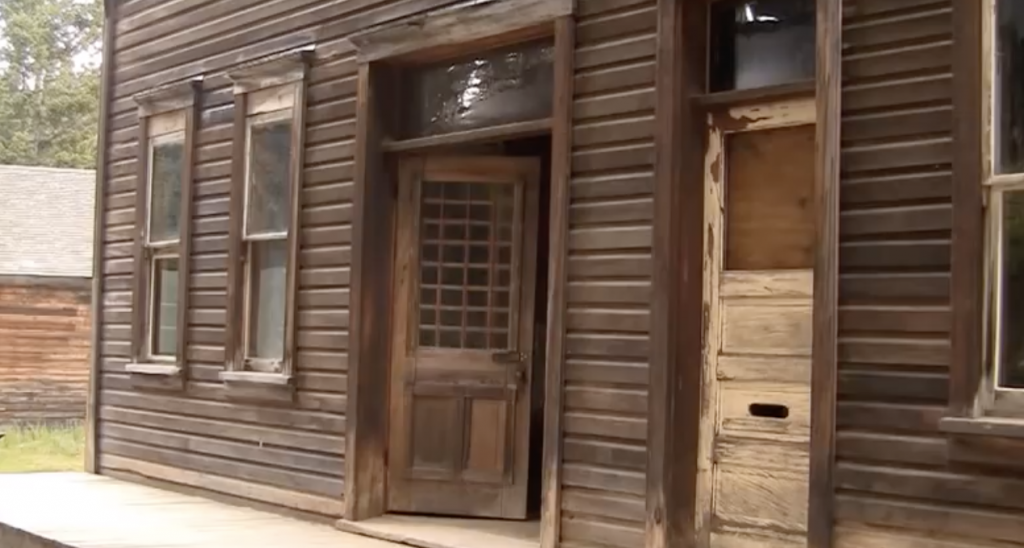
Please Share This With Family and Friends




